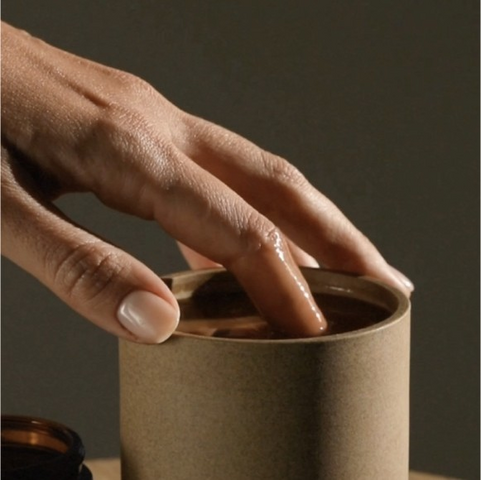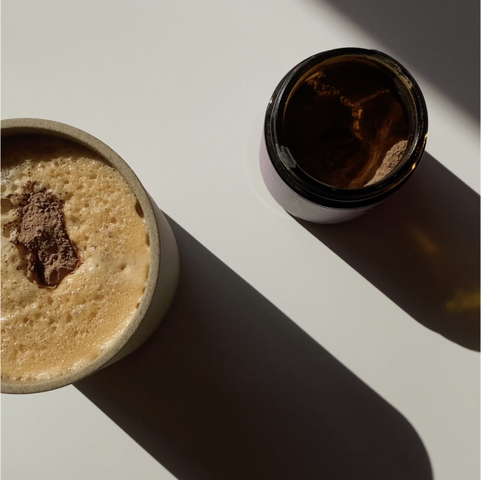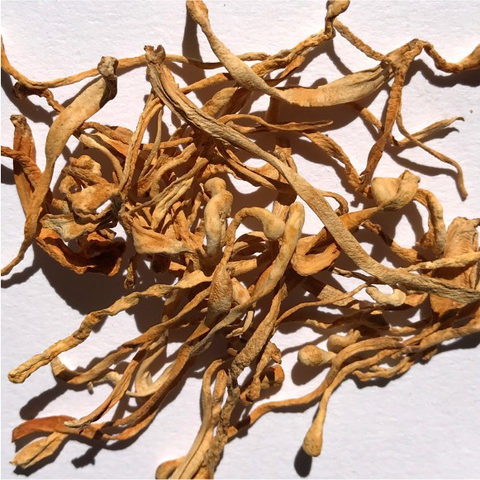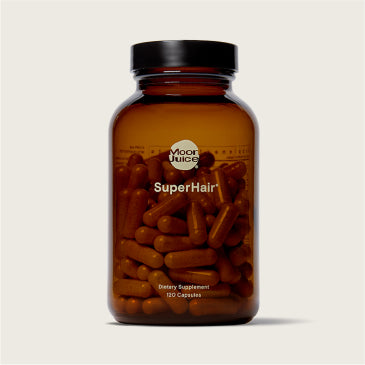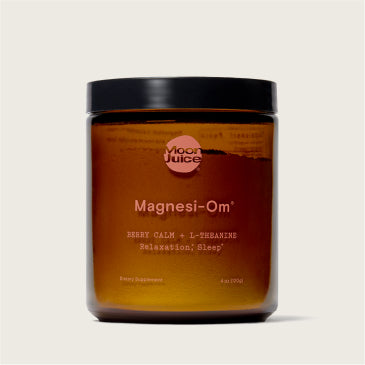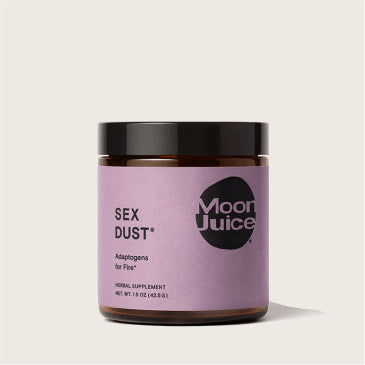Exfoliation, the process of sloughing off dead skin cells, can rejuvenate skin by reducing dullness, enhancing skin tone, and unclogging pores. However, the frequency at which you exfoliate is a vital factor in its success, and it varies depending on your skin and the specific results you’re looking for. How often should you exfoliate? Can you exfoliate every day, or is that too much?
Let’s set the record straight on how often you should exfoliate based on your skin, how much is too much exfoliation, and when the best time to exfoliate is. By knowing the nuances of exfoliation, you'll be able to exfoliate in a way that penetrates pores, supports collagen production, and protects your skin barrier from micro-tears. By the end, you'll have a clearer understanding of the ideal exfoliation routine that aligns with your skin's health and your skin care goals, ensuring you reap the full benefits.
How Often Should You Exfoliate Your Face On Average?
When it comes to exfoliation, start slow and skin cycle. Meaning, incorporate regular exfoliation once a week to begin and take breaks between exfoliating products. This practice is especially crucial when it comes to a potent liquid exfoliant. The key is to incorporate it into your skin care routine only when you feel your skin needs it. Whether you're new to chemical exfoliation or introducing a new AHA/BHA exfoliant (Alpha Hydroxy Acid/Beta Hydroxy Acid) into your regimen, the rule of thumb is to gradually build up and assess your skin's tolerance from there. Keep in mind that your skin can fluctuate due to factors like weather, climate, diet, and the other skin care products in your routine. Because of this, it's essential to check in with your skin's tolerance levels and adjust your chemical exfoliation frequency as needed.
In the grand scheme of things, on average, 2 to 3 times a week is a common regular exfoliation cadence, with a general rule of not exceeding 3 times to provide your skin with intervals to rest and repair.
Exfoliation gets even more nuanced when we acknowledge the differences between chemical and physical exfoliants.
- Chemical exfoliants, which use acids to break down bonds holding dull and dead skin cells, are generally more forgiving and can be used more regularly.
- On the other hand, physical exfoliants, which depend on small particles to scrub away cells on the surface, are often too abrasive for frequent use.
In the world of exfoliation, there's no one-size-fits-all rule, so it's essential to start slowly, allowing your skin the necessary time to adapt to the controlled abrasiveness of these skin care products.
Recommended Frequency by Skin Type
Whether you have normal skin or oily skin, everyone should start slowly when adding an exfoliant to their skin care routine. The ideal exfoliation frequency, however, varies based on your unique skin type and its current needs. Since every individual's skin is different, there's no single approach to successful exfoliation. To determine the right frequency for you, evaluate your current skin state and tailor your exfoliation routine accordingly.
Here’s how often you should exfoliate based on your specific skin expression:
How Often to Exfoliate Dry or Sensitive Skin
For those with dry or sensitive skin, exfoliation calls for a gentle approach. The key is to opt for chemical exfoliants, steering clear of physical exfoliants that might be too abrasive and damaging to the skin barrier. When exfoliating sensitive skin or dry skin, look for a chemical exfoliant product with multiple acids, as they work in harmony to gently slough off dead cells and maintain healthy skin.
Your skin's condition should guide your exfoliation routine. So, if you're experiencing inflammation, itching, or increased sensitivity, consider reducing exfoliation to once a week or even temporarily skipping it to let your skin recover. Instead, consider repairing your skin’s moisture barrier. But if your sensitive skin is feeling calm and resilient, you can aim for an exfoliation frequency of 1 to 2 times a week. If you feel stinging or burning sensations after product use, adjust your routine as needed. Tune into your skin's signals and adjust your exfoliation routine to ensure the best results.
How Often to Exfoliate Oily or Acne-Prone Skin
Oily skin and acne-prone skin types often benefit from more frequent chemical exfoliation to manage excess oil production and keep breakouts at bay. A good starting point is to exfoliate 2 to 3 times a week, if your skin can tolerate it. Beta Hydroxy Acid (BHA), such as salicylic acid, is your go-to exfoliating ingredient. It unclogs pores without interfering with oil production. In fact, BHA can both prevent and treat breakouts, making it a valuable asset for those dealing with blemishes.
For those with specific blemish-prone areas, you can spot treat those areas with chemical exfoliant up to 3 times a week. By incorporating targeted exfoliation into your skin care routine, you can effectively address excess oil, clogged pores, and the occasional acne breakout. Adjust your exfoliation frequency based on how your skin responds and remember to give your skin a break by limiting exfoliation to 3 times a week. It’s possible to have too much of a good thing!
How Often to Exfoliate Combination Skin
Combination skin, characterized by dryness in some areas and oiliness in others, requires a delicate balance when it comes to exfoliation. Generally, starting with a frequency of 2 to 3 times a week is a good idea. However, the key is to adjust your exfoliation regimen based on the ever-shifting state of your skin.
Feel free to be flexible with your routine, accommodating your skin’s changing needs. In some areas where you may be more prone to oiliness, you can exfoliate more frequently, while skipping areas that tend to be more dry or sensitive to avoid any potential irritation. In this way, you can customize your exfoliation routine to care for the different areas of your skin and ensure a balanced complexion.
How Often Is Too Much Exfoliation?
Exfoliation can be beneficial for your skin, so long as you don’t overdo it! The key to successful exfoliation is finding the right balance that aligns with your skin's needs. Over-exfoliating can lead to adverse effects, so it's important to recognize the signs of excessive exfoliation, including:
- Burning
- Stinging
- Peeling
- Redness
- Increased sensitivity
These are indicators that you may be exfoliating too much or too frequently.
Because exfoliation involves the removal of dead cells, your skin needs time to recover and repair at a cellular level. It's important to remember that exfoliation should provide controlled cell abrasion, not overwhelm your skin. If you're exfoliating blemish-prone areas, do not exceed 3 consecutive days of exfoliation. Your skin requires intervals of rest to maintain its health and balance.
When to Exfoliate Your Face
The timing of your exfoliation routine is crucial for its effectiveness and protecting your skin's well-being. Here are some things to consider:
- Morning or night: Whether you should exfoliate in the morning or at night depends on your skin care routine and the type of exfoliant you're using. For chemical exfoliants, such as Glycolic Acid (which can increase sensitivity to sunlight) it’s important to apply them at night. And be sure to use mineral sunscreen during the day when using these exfoliants to protect your skin from harmful UV rays.
- After cleansing: To maximize the benefits of exfoliation, exfoliate after cleansing your face. A clean slate allows chemical exfoliants to penetrate deep into the skin and prevents makeup or dirt from being pushed deeper, particularly if you're incorporating physical exfoliation into your routine.
- Multiple nights in a row, if necessary: If you're targeting stubborn pores or specific problem areas, you can exfoliate up to 3 nights in a row.
Use Acid Potion As a Quickie Liquid Facial
Acid Potion is a gentle yet effective liquid facial. It’s a chemical exfoliant that helps unclog pores, soothe skin, and stimulate collagen production. Plus, it helps your hydrating serums and natural moisturizers penetrate deeper!
The secret behind Acid Potion's effectiveness is its 25% AHA (Alpha Hydroxy Acid) + BHA (Beta Hydroxy Acid) complex. It combines Glycolic Acid to break down dead cells and gluey dirt and help stimulate collagen production, Lactic Acid to help encourage cellular turnover, and Salicylic Acid (derived from Willow Bark) to help penetrate and unclog pores. Meanwhile, Niacinamide (Vitamin B3) and adaptogenic Reishi work to hydrate and restore the skin's barrier while soothing irritation.
Sign Up, Nerd Out
Get wellness tips, education, and recipes
delivered straight to your inbox.
Get wellness tips, education,
and recipes delivered
straight to your inbox.
Use Acid Potion in the PM after cleansing and follow with a hydrator like Plump Jelly and moisturizer like Cosmic Cream™.
Takeaways
Achieving radiant and healthy skin through exfoliation is dependent on your unique skin type and goals, and requires a balanced approach. In this article, we’ve unraveled the complexities of exfoliation — addressing how often you should exfoliate based on the specific state of your skin, the potential pitfalls of over-exfoliation, and the optimal timing when integrating exfoliation into your skincare routine.
By recognizing the nuanced needs of your skin, you'll not only clear away dead cells, enhance skin tone, and unclog pores but also stimulate collagen production while safeguarding your skin's barrier. With this clarity, you can confidently tailor your exfoliation regimen, unlocking the full potential of this skin care step and revealing your skin's natural health and vibrancy.
Sources
- What Is Sensitive Skin? A Systematic Literature Review of Objective Measurements, Skin Pharmacology & Physiology https://karger.com/spp/article/28/2/75/295804/What-Is-Sensitive-Skin-A-Systematic-Literature
- Skincare Bootcamp: The Evolving Role of Skincare, National Library of Medicine https://www.ncbi.nlm.nih.gov/pmc/articles/PMC5172479/
- Clinical and cosmeceutical uses of hydroxyacids, National Library of Medicine https://pubmed.ncbi.nlm.nih.gov/19695482/
- Skin barrier changes induced by aluminum oxide and sodium chloride microdermabrasion, National Library of Medicine https://pubmed.ncbi.nlm.nih.gov/12030870/
- Halt the Face Acids: Here’s How to Know If You’re Over-Exfoliating, Healthline https://www.healthline.com/health/beauty-skin-care/over-exfoliating#signs-of-over--exfoliation
- American Academy of Dermatology Association, How to safely exfoliate at home https://www.aad.org/public/everyday-care/skin-care-secrets/routine/safely-exfoliate-at-home






